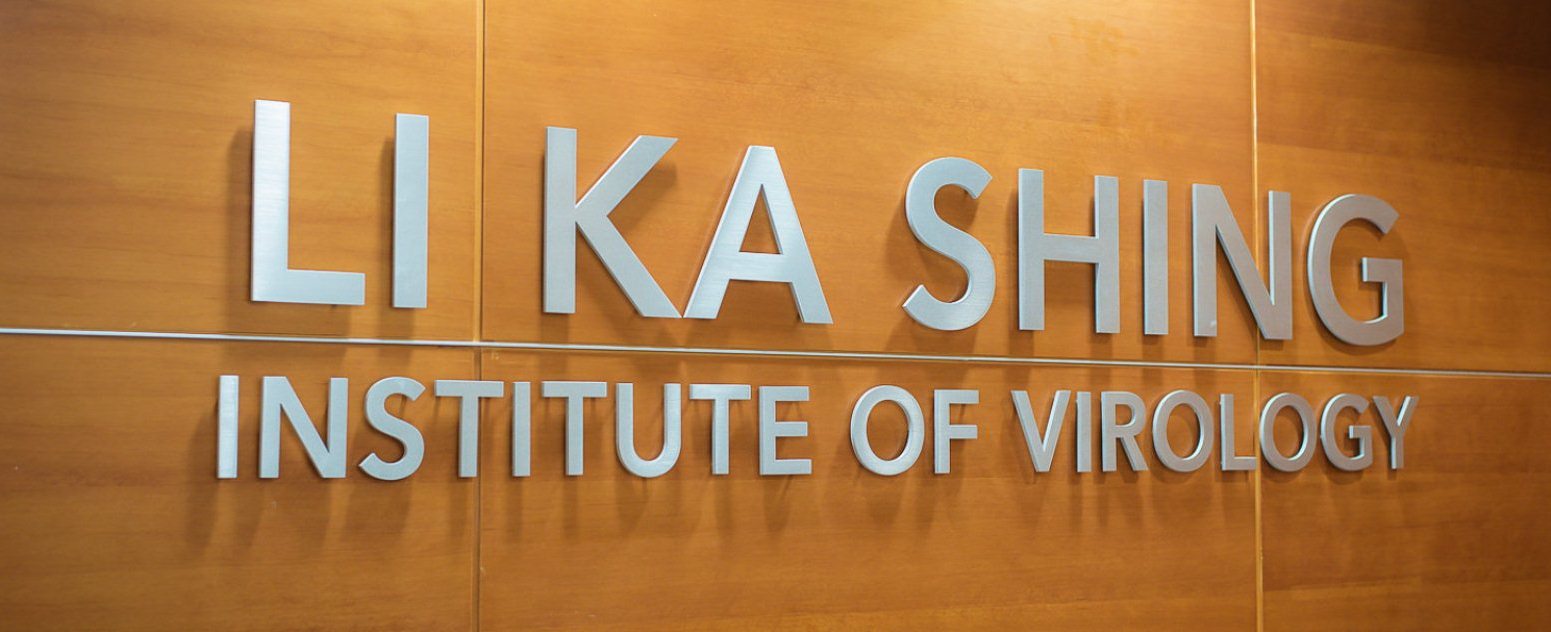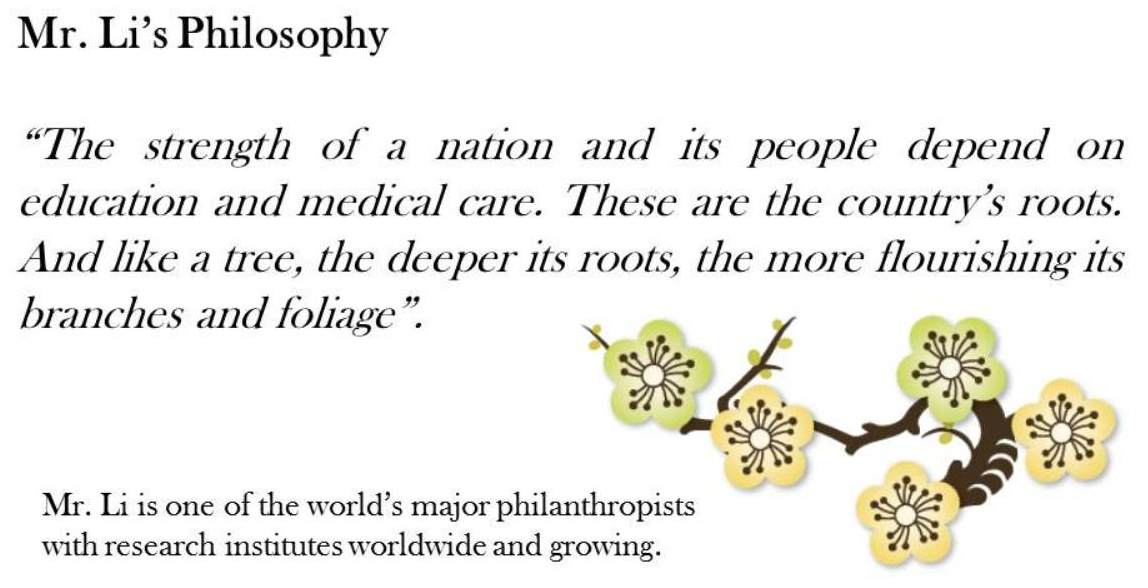Mandate

The Li Ka Shing Institute of Virology is located in the Katz Centre for Health Research at the University of Alberta.
Introduction
Excellence in Research
The Li Ka Shing Institute of Virology (LKSIoV) unites a consortium of world-renowned researchers to promote scientific advancements aimed at expanding our understanding of viruses and other selected pathogens, their respective disease pathogenesis, and host immune responses to such infections.
The institute builds on internationally recognized virology, immunology and other expertise in human diseases, as well as infrastructure with global connections to partners such as the U.S. National Institutes of Health, the Bill and Melinda Gates Foundation, Canadian Institutes of Health Research (CIHR), and more.
Translating Research for the Public Good
Through the Li Ka Shing Applied Virology Institute (LKSAVI), the LKSIoV further supports discoveries in vaccines, treatments, and diagnostic tests for viral and selected other diseases affecting humans. The institute has become a leader in using artificial intelligence (AI) for computational drug design. The acquisition of a Blue Gene/Q, the fastest supercomputer in Canada, allows for state-of-art drug design aimed at specific therapeutic targets in various diseases currently plaguing Canadians, as well as millions of people worldwide.
An Institute is Born

- Prominently identify the philanthropy of the Li Ka Shing Foundation with one of the world's leading centers for infectious diseases, with an emphasis on virology and immunology, leading to improved diagnosis, prevention, and treatment.
- Crystallise an identifiable home for researchers in the field of virology, immunology, and other selected areas at the University of Alberta.
- Recruit and support world-leading investigators.
- Foster national and international collaborations, with an emphasis on building a global network of researchers and initiatives.
- Attract first-rate trainees (graduate students, post-doctoral fellows, and research associates) by providing financial support for various training programs.
- Maintain and champion a translational research focus in the vision of Mr. Li's request that our work lead to new products to help alleviate human suffering.
History
The inception of the Li Ka Shing Institute of Virology (LKSIoV) and the Li Ka Shing Applied Virology Institute (LKSAVI) at the University of Alberta (U of A) was made possible through the generous donation of $25 million from the Li Ka Shing (Canada) Foundation. To date, this has been the largest cash donation in the University of Alberta's history. In addition, a commitment of $52.5 million from the Government of Alberta was also received.

In Scope
This art piece, titled In Scope, is located in front of the Li Ka Shing Centre for Health Research and Innovation at the University of Alberta. In Scope was commissioned as part of the transformative gift from the Li Ka Shing (Canada) Foundation,
The installation of the LKSIoV was based on the importance of infectious diseases - still the second leading cause of death worldwide (behind cardiovascular disease). In addition, the countries of South East Asia are particularly hard hit by viral diseases such as Hepatitis B, Hepatitis C, Influenza A, SARS, Dengue and other emerging viral illnesses. Hepatitis B is the most common cause of chronic disease in China where the carrier rate of HBV is approximately 10% of the population and HBV is the leading cause of fatal cancer - hepatocelluar carcinoma.
Work at the U of A by Dr. Lorne Tyrrell and Dr. Morris Robins, in collaboration with Glaxo Smith Kline (GSK), led to the first oral antiviral therapy for HBV - Lamivudine (marketed by GSK). Lamivudine is the most commonly prescribed pharmaceutical drug in China. This history enticed a Li Ka Shing-sponsored institute of virology at the U of A.
Additional support for the LKSIoV was based on the many recruited outstanding, strong virologists and immunologists. Furthermore, the U of A had built an infrastructure for viral and immunological research with major grants from the Canadian Foundation of Innovation - nearly $10 million for the Centre of Excellence for Viral Hepatitis Research (D. L. Tyrrell) and the $25 million Canada Foundation for Innovation (CFI) grant for the Alberta Institute for Viral Immunology (D. Evans) provided excellent equipment and infrastructure. Moreover, the Provincial and Federal Governments provided funding for the construction of excellent new research space - Katz Centre for Health Research and Li Ka Shing Health Research Centre. Additionally, Michael Houghton received a Canada Excellence Research Chair (CERC) of $ 10 million (2010), allowing research to be further supported. Also, the construction of the LKSAVI was made possible by the funds ($3 million) provided by Western Economic Development in 2013.